7 Tips For A Zero-Waste Easter
7 Tips For A Zero-Waste Easter
Written By
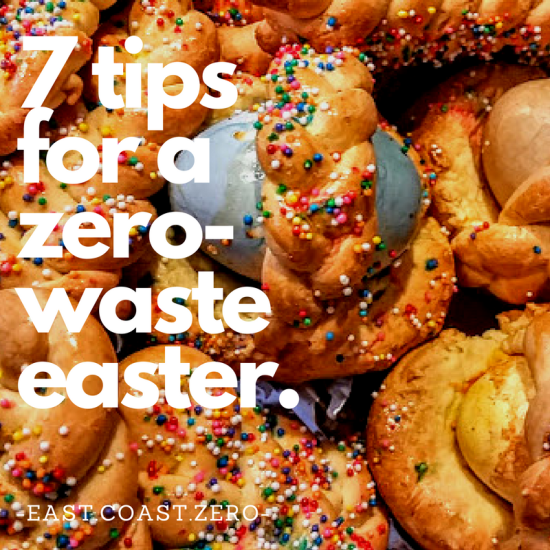
originally published on the East Coast Zero blog.
Once again, another holiday is fast approaching, and with it comes plenty of unnecessary waste and consumerism. But don’t fret! There are many things you can do to reduce your waste this Easter (or Passover, or any other spring celebration or holiday you may partake in). As with my posts for Christmas, this post is specifically tailored to celebrating Easter because that is what I celebrate, but remember, many of these tips can be applied to any holiday or celebration! It also kind of piggy-backs onto my Christmas-time post about reconnecting with the holidays!
1. skip the plastic eggs
If you still have those fillable eggs from previous years, either use those until they break or pass them on to someone who you know will use them! But going forward, look for more sustainable options, such as refillable fabric, wooden, or metal eggs. These options may be a bit of an investment, but they’re likely to last much longer and will be safer for your children and the environment in the long-run. Another option is to hide dyed hard-boiled eggs!
2. use natural egg-dying methods
Store-bought dye kits are full of plastic, and I’m not convinced of the safety of the dyes either. All you need to dye eggs is probably already in your kitchen or available at your local farmers’ market or grocer! Here and here are some tutorials for naturally dying Easter eggs! My grandmother and I experimented with a few techniques while dying eggs for our traditional Italian Easter egg-basket cookies – we used red cabbage for blue and turmeric for yellow! She also decided to experiment with coffee and dyed one brown.
In Greek Orthodox tradition, eggs are only dyed one color: red. To naturally achieve the desired deep red hue, the surprising ingredient you’ll need is yellow onion skins!
- Simply add uncooked eggs and the dry skins of about 5-10 yellow onions to a pot, cover with water, add 2 tablespoon of vinegar, cover and boil for about 30 minutes.
- If they’re the desired color, remove the eggs to cool and compost the skins!
- If they’re not quite dark enough, leave them in the water with the skins and allow to cool before placing in the refrigerator overnight!
- Naturally dyed red eggs are a deeper, darker red. Rub a little olive oil on them to shine them up!
Of course, I can’t take the credit for this marvel of genius – check out Nourishing Minimalism’s post “Red Eggs for Greek Easter” or Sophaki Cooks’ “Natural Dye Easter Eggs” for a full tutorial!
3. ditch the wrapped candy
Fill your eggs with things other than packaged candy! Some alternatives are:
- Loose candy purchased from the bulk section
- Loose baked goodies, such as fudge or cookies
- Coins
- Pretty stones or shells
- Glass marbles
- Glass beads or wooden buttons, etc for crafty kids
- Puzzle or game pieces (like metal jacks) – you can hide one piece in each egg and the kids can pool their findings and play together at the end of the scavenger hunt! (This is also a great way to eliminate the issue of possession: “that’s my egg!”/”s/he has more than me!”)
Also keep in mind that these fillings can also be put into a pinata!
4. plastic-free Easter baskets
If you already have baskets that are made of plastic, just like with the plastic eggs, reuse them from year to year until they wear out, or pass them on! If you’re in the market for new baskets, look for ones that are made out of natural materials or secondhand. Thrift stores tend to have plenty of baskets! You can even decorate a bucket!
5. pass on the plastic grass
I think the plastic grass lining in the bottom of Easter baskets appears in many parents’ nightmares. It’s dangerous to young children, is a pain-in-the-butt to clean up, is designed for the trash, and can easily escape to do damage to the environment. What’s the point?! Here are a few alternatives to plastic grass:
- Shredded paper – you can have your kids help you color papers from the recycle bin and then shred them, or shred old newspapers or magazines!
- Real grass – if allergies aren’t an issue, you could go the old-fashioned route and use real grass
- Fabric – use a colorful scarf or fabric scraps to line the basket
- Tissue paper – reuse tissue paper to stuff the base of the basket with
6. avoid novelties and gifts
Retailers have commercialized Christmas, Halloween, Valentine’s Day, and every other holiday, so of course, Easter is no exception. Easter and spring-themed novelties are everywhere this time of year – bunny this, chickie that. Plastic doo-dads that break easily, specialty gift wrap, window clings, premade basket gifts wrapped in plastic, etc. These things have nothing to do with Easter. Frankly, very little of mainstream Easter traditions actually have anything to do with the Resurrection of Christ and a lot more to fo with the onset of spring and rebirth (but that’s beside the point).
When did Easter become like a second-Christmas? What happened to being happy with an easter egg hunt and candy? Now children have come to view Easter as just another gift-giving holiday, hoping to get a hoverboard or a new bike. Where does it end? Skip the big gifts and the novelties and keep it simple – gift consumables like cookies, or maybe opt for a group gift for all of the kids to use together, like an outdoor activity to kickoff spring, such as bocce ball, badminton, sidewalk chalk, etc.
7. celebrate with real stuff
If you’ve read any of my past posts about holidays or celebrations, this tip is anything but new: avoid disposables! Use real dishes, utensils, and tableware. Cook and bake as much as you can from scratch, or look to find as much as you can without packaging!
And most importantly, don’t let the commercialization let you forget the meaning of what you are celebrating – whether that be Easter, Passover, spring, etc. – and remember that the decor, gifts, and novelties do not make a celebration: it’s the people you celebrate with and the traditions you create and follow together!
Happy Easter! Buona Pasqua! Christos Anesti!


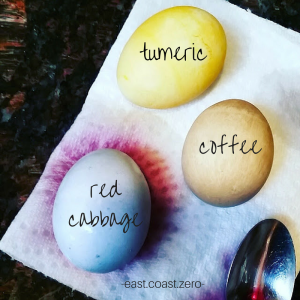
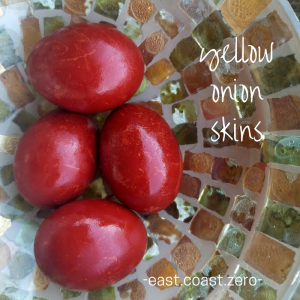
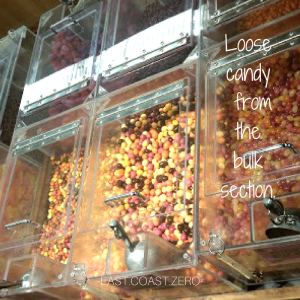

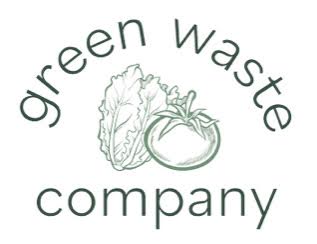
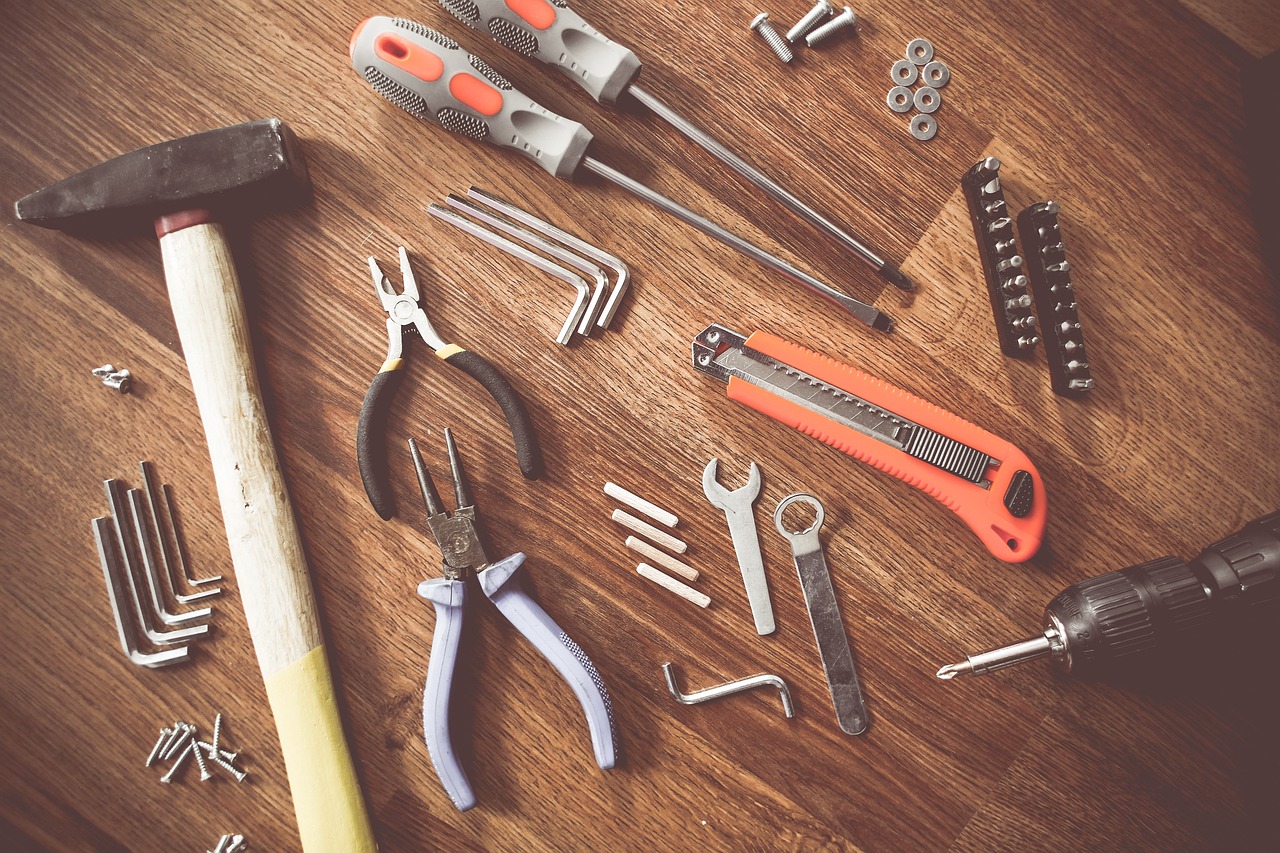
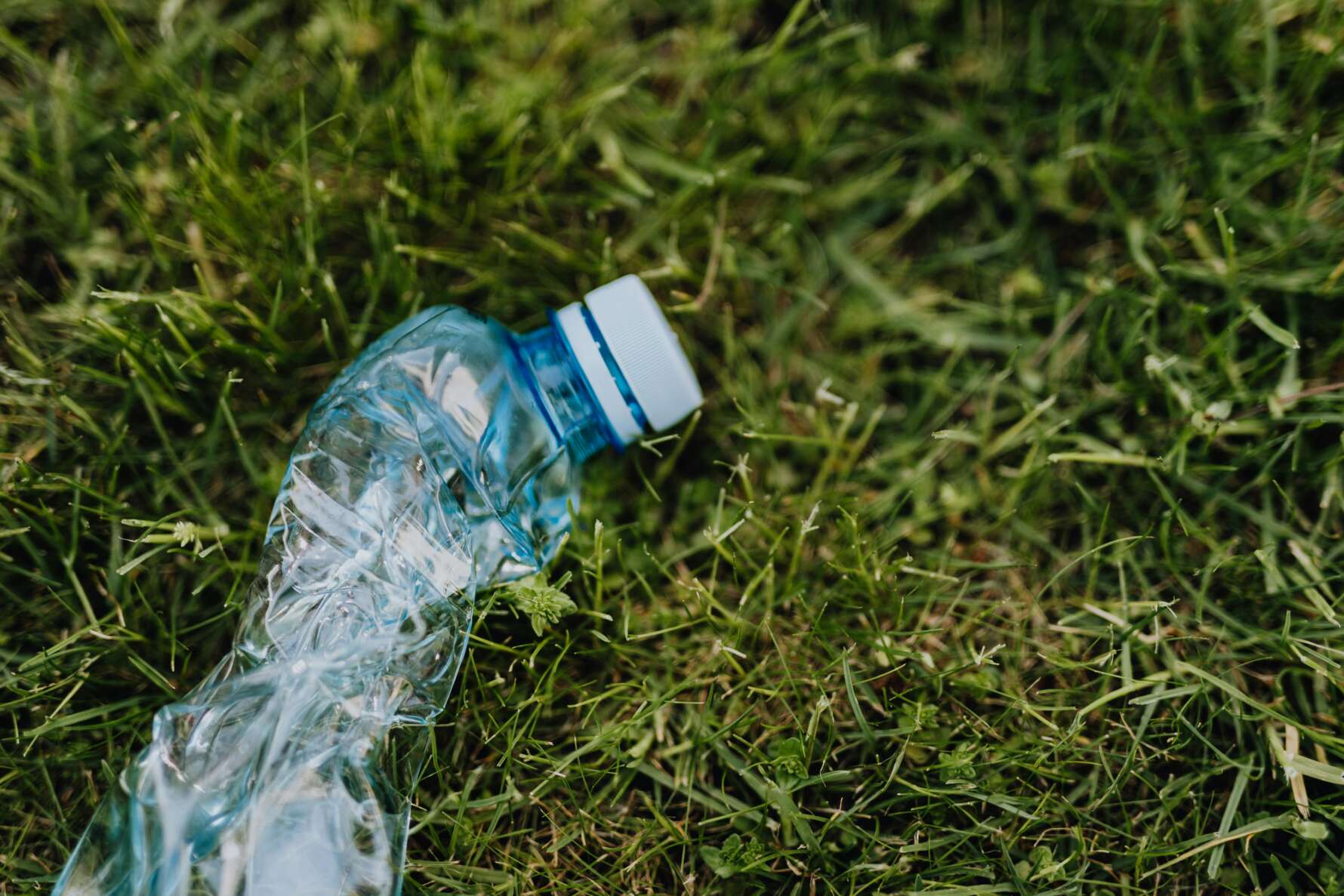
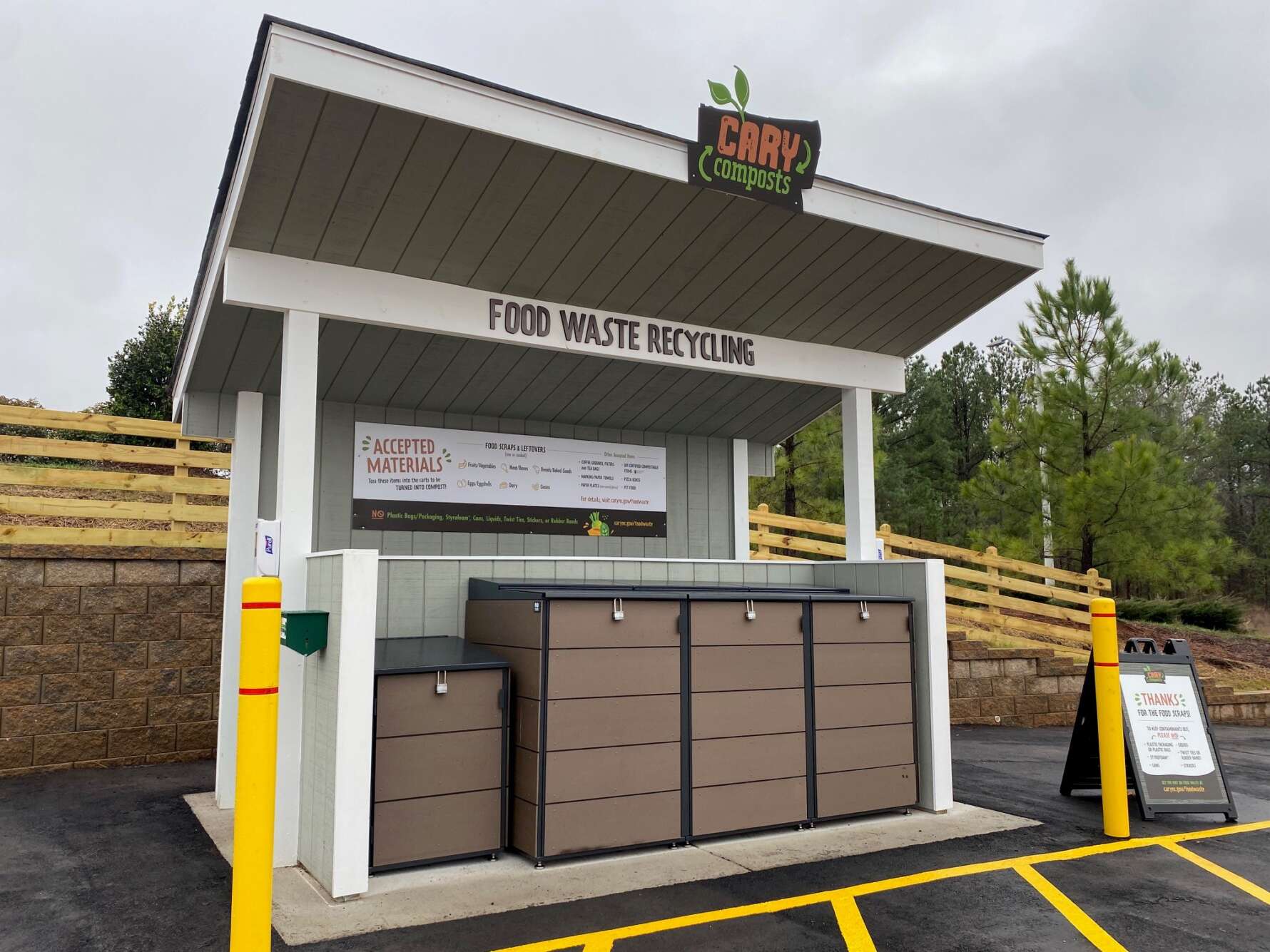

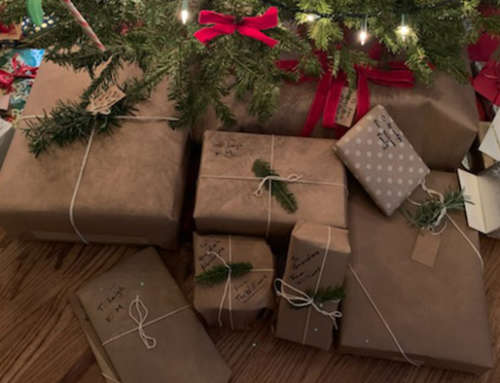
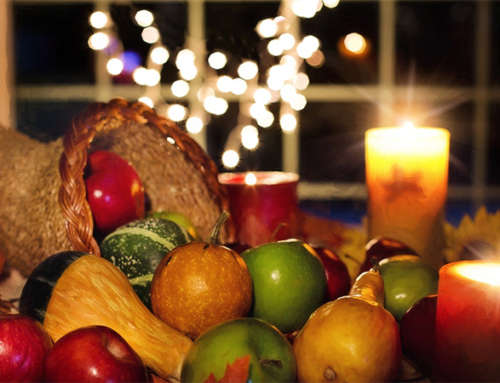
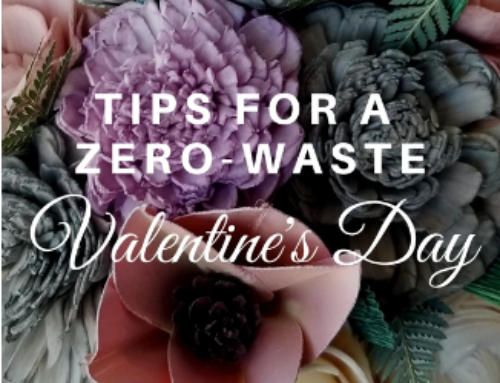
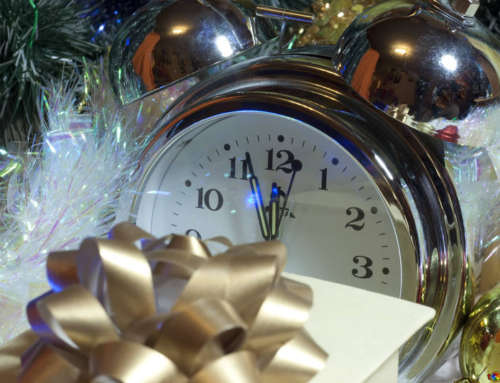



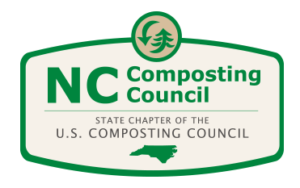
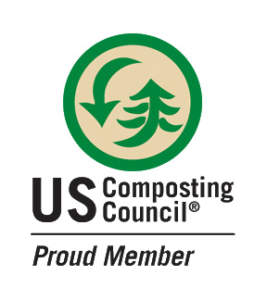


Nice blog!!
Thanks for sharing useful points to us. As we are also working for zero waste.
http://sukhiservices.com/domestic-automatic-composting-machines/
The production of food exceeds the demand by 20%, still, every 9th person in the world is hungry, according to the World Health Organization. So, instead of just focusing on the production, we need to make sure that the produced food is available for consumption and not getting spoiled. But the question is, how do we do it?
http://www.biz4intellia.com/fighting-world-hunger-with-iot/